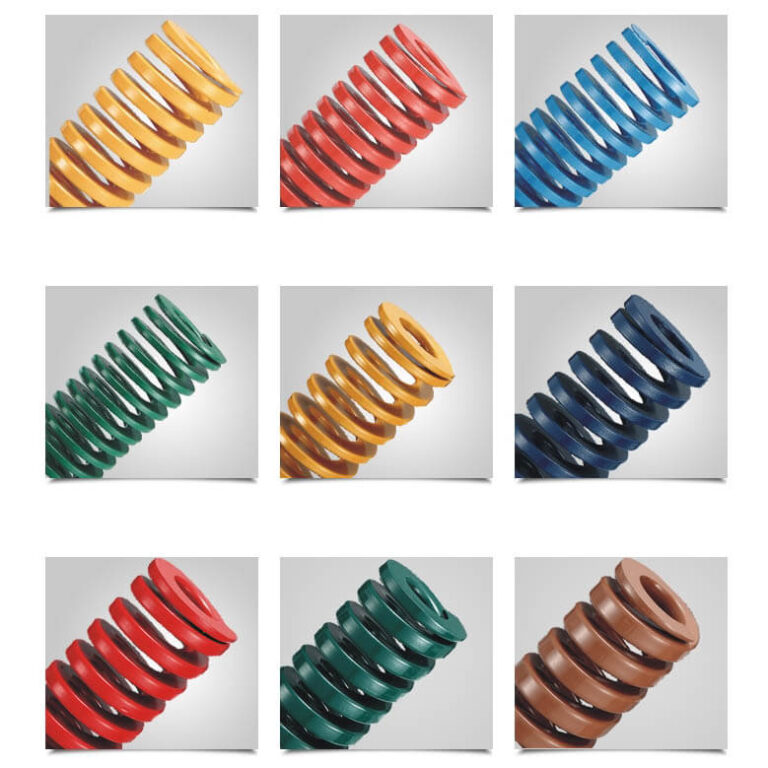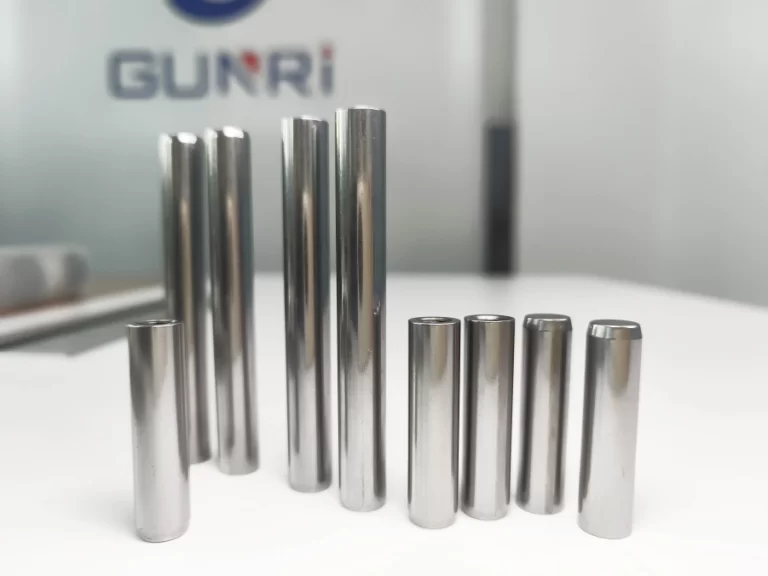Air Ejection in High-Speed Stamping: Effective Solution or Hidden Problem?
In the world of high-speed stamping, air ejection has emerged as a widely used technique to combat one persistent challenge — slug pulling. When a slug (the punched-out material) sticks to the punch and gets pulled back up during the return stroke, it can lead to die damage, dimensional inaccuracies, or even complete tool failure.
To address this, many manufacturers turn to high-pressure air ejection systems. But is this method always the best choice?
The Advantages of Air Ejection
Air ejection has several clear benefits, particularly in high-speed environments:
- High Efficiency at High Stroke Rates
Air ejection performs exceptionally well at speeds above 300 strokes per minute (SPM), where traditional mechanical methods may fail. - Eliminates Mechanical Ejectors
By replacing mechanical spring pins or pushers, air systems reduce the number of moving parts, leading to fewer mechanical failures and easier tool maintenance. - Better Slug Control
Controlled air bursts can provide more precise and consistent ejection of slugs, especially in small or narrow punch geometries.
The Challenges and Trade-offs
Despite its benefits, air ejection is not without issues:
- Lubrication Interference
The same air that ejects slugs can also blow away lubricants from the punch and die surfaces. This results in increased friction, accelerated wear, and potentially shorter tool life. - Difficult to Synchronize at High Speeds
At ultra-high stroke rates, timing air impulses with each punch cycle becomes increasingly difficult. Inconsistent timing can reduce effectiveness or cause unpredictable behavior. - Higher Operational Costs
Installing and maintaining an air ejection system involves additional equipment, energy consumption, and operational complexity — especially compared to simpler mechanical systems.
Is Air Ejection the Right Fit for You?
The decision to use air ejection should be based on specific factors:
- Punch size and geometry
- Material type and thickness
- Required stroke rate
- Tool design flexibility
- Cost vs. benefit analysis
In some cases, tight clearance design, vacuum systems, or advanced slug retention features may offer better results with fewer drawbacks.
Conclusion
Air ejection remains a powerful tool in the right context, particularly for high-speed, small-part stamping where traditional methods fall short. However, it is not a universal solution. A clear understanding of your tool’s performance, production goals, and material behavior is essential before investing in air systems.
If you’re operating above 300 SPM or struggling with slug retention, it’s worth reviewing your current strategy. Air ejection might help — or it might be the problem.






